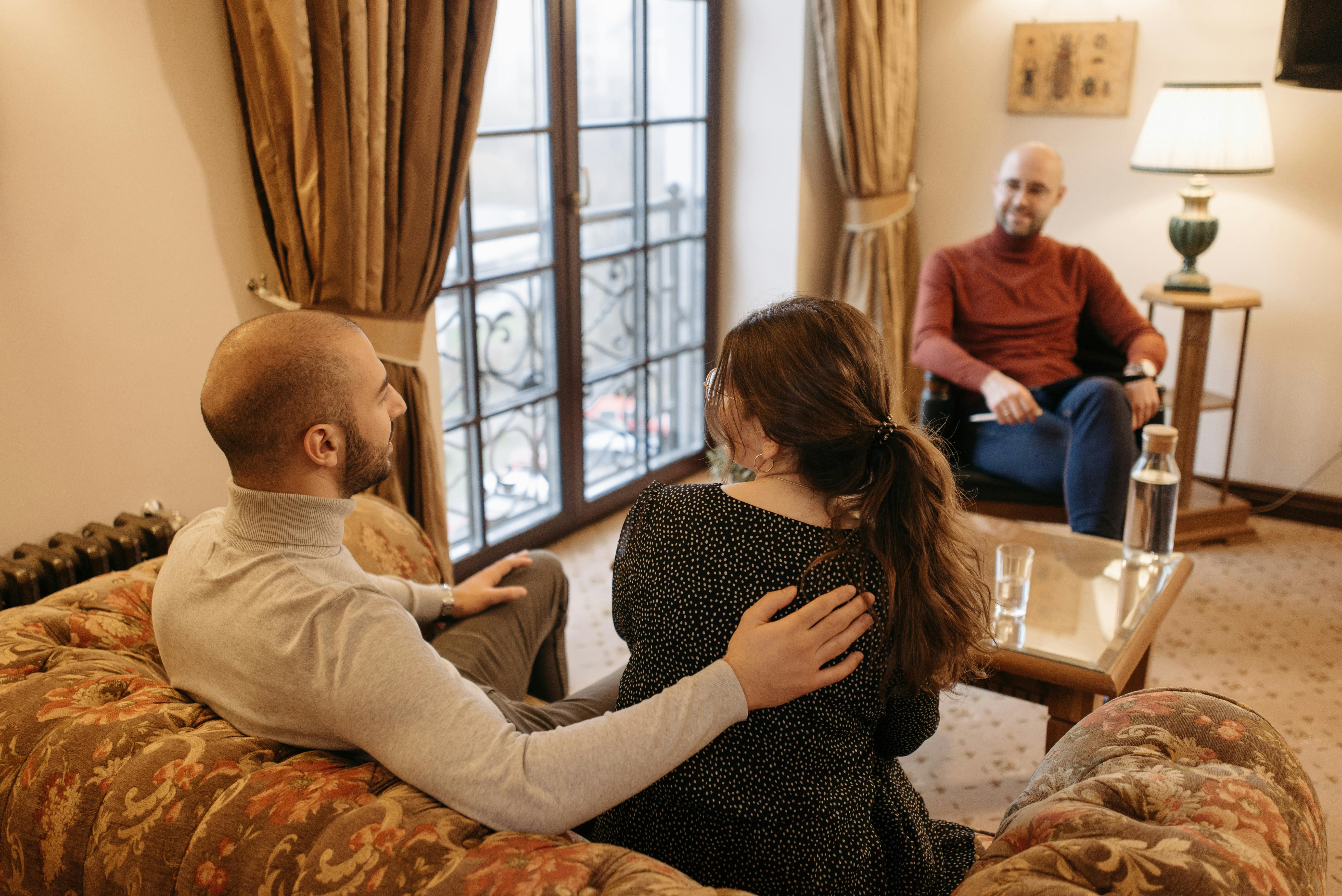Teach children responsibility
What does it mean to teach responsibility to your children? Each parent has a different response and a different expectation of when and how their child will take personal responsibility. One thing is for sure and that is that responsibility must be taught. It is not a natural ability, but it can be learned at any age. He does not become responsible when he is mature, but he becomes mature when he is responsible.
Four variables in this exciting adventure;
1. Your child (learning style, age, motor skills, interest, hot spots, or incentives)
2. Your expectations (perfection or lifelong learning, do you punish for the truth?)
3. Your example (use the 4 r’s, acknowledge, remorse, restitution, and resolve to correct
mistakes)
4. Consistency and follow-up (natural and logical consequences)
External responsibility deals with everyday tasks (life skills), brushing teeth,
returning the videos on time. These are habits that make us productive and reliable.
Inner responsibility deals with attitudes, beliefs, and values. This is where we look
the heart. It means admitting mistakes, being disinterested, taking care of other people’s health,
property and feelings.
2 step process:
1. Teach them the skill until it becomes a habit and eventually it will become
automatic action. Automatic action is action without conscious thought or without
planning. This is the difference between prior decisions and situational ethics. For
example, remove the plate from the table, brush teeth, put the bicycle
far. You don’t have to decide what to do each time.
2. Praise attitude, performance, and effort. Use natural and logical consequences
to reinforce the lesson. “Thanks for picking up your toys without anyone asking.
makes it easier for the whole family to maneuver when we don’t have to pass
toys on the floor. “
You can’t expect a 35-year-old job from a 10-year-old. Nor can you expect a 10-
work of a 10-year-old boy who is not clear about what is expected of him. We will have to
occasionally step in and help them do an unpleasant task, but don’t do it for them.
Voice and choice: the more the child has the opportunity to “own” the decision or
problem, the more you will learn. The purpose of allowing natural consequences
occur and designing logical consequences is to encourage children to take responsibility
elections, do not punish them. This method allows the child to choose and then be
responsible for the decision of whether it goes well or not. Most children, when
allowed to make bad decisions, learn from the consequences. The most effective method
of teaching is for you to remain realistic and unpunished. This means separating
the work of the doer. If you were trying to teach your child a new skill, such as the piano
or tennis, you probably have patience. Hope and accept some mistakes.
Consider the responsibility of teaching in the same way. View slips or wrong decisions as a
learning experience rather than a personal affront to your ability as a parent or teacher
and everyone will be happier, cooperative and responsible.
© 2004 Judy H. Wright, Personal Historian, Parent Educator, and Author –
www.artichokepress.com
